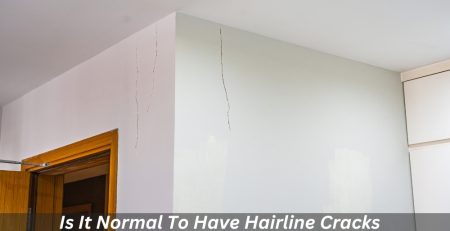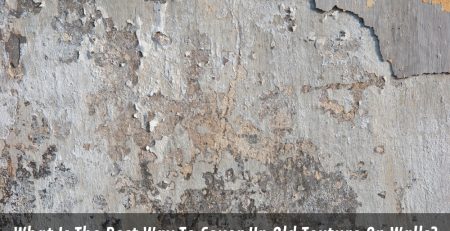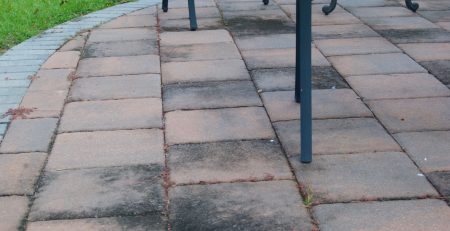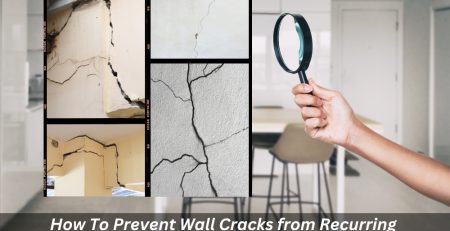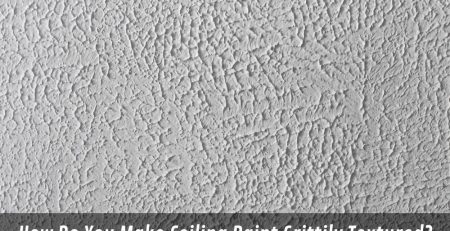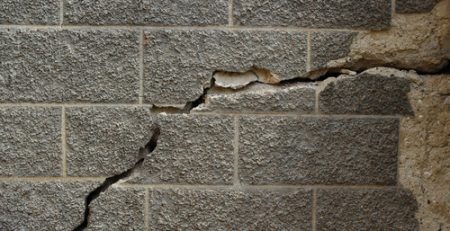Which Render Mix Is Best For Winter?
Winter’s a real pain for rendering, right? Cold temps, frost, and rain can mess up your whole project. But don’t stress! Picking the right render mix is key to a smooth job. Let’s break down what you need to know.
What are the unique challenges of rendering in winter?
Winter rendering is no walk in the park. Here’s why:
- Freezing temps: It’s like trying to bake a cake in the fridge – everything takes forever and might crack!
- Frost: Imagine frosting a cake, and it freezes solid before you can even finish decorating. That’s frost to render.
- Rain: It’s like someone turning on the hose while you’re icing the cake – washes it all away!
- Wind: Imagine trying to decorate a cake outside on a windy day—the icing dries too fast and gets all messed up.
Additional Considerations
- Longer drying times: Colder temperatures and higher humidity slow the curing process, extending the project timeline.
- Increased risk of damage: Wet render’s delicate nature makes it vulnerable to frost, rain, and wind damage.
- Limited daylight: Shorter days reduce the available working hours, potentially impacting project progress.
Overcoming these challenges requires careful planning, specialised products, and experienced workmanship to ensure a successful winter rendering project.
Why is selecting the best render mix crucial in winter?
Choosing the right mix is like picking the right gear for a hike. It makes all the difference. A good mix will:
- Better stick: It’ll cling to your walls like a warm hug, even when it’s freezing outside.
- Last longer: A challenging mix is like wearing durable boots – they’ll handle the winter’s wear and tear without breaking or peeling. Preventing cracked renderings is crucial, especially in harsh winter conditions.
- Dry faster: Who wants to wait around in the cold? A quick-drying mix is like having a pair of boots that dry overnight.
- Fight frost: A good mix is your wall’s armour against that cold threat.
Which type of render performs better in winter?
Not all renders are created equal, especially in winter. Some are tougher than others.

- Cement-based: These are like the sturdy boots of the rendered world. They’re tough, can handle the cold, and are pretty good at resisting frost. Most people go for these in winter.
- Lime-based: Lime-based renders are more like sandals – they can work in winter, but you need to be extra careful. They’re not as tough as cement-based ones.
- Polymer-modified: These are like waterproof boots. They’re flexible, can handle most things, and keep water out—perfect for rainy winter days.
What is the ideal render mix ratio for winter conditions?
Cracking the code on the perfect winter render mix is tricky. What works best depends on what you’re rendering and where you live. But here are some general tips to keep in mind:
- More cement: Adding more cement to your mix makes it more challenging and better at handling frost. It’s like giving your render a winter coat.
- Plasticisers are like render’s superhero sidekicks. They help the mix blend better and hold onto water, essential in cold weather.
- Winter additives: Some clever people have made unique products for winter rendering. These additives give your mix extra superpowers to fight the cold.
Remember: Always check the instructions on your render products. They often have specific recommendations for winter conditions.
What is the best render mix for different substrates in winter?
Choosing the right render mix also depends on what you’re slapping it on. It’s like picking the right shoes for different terrains. Render mix applications vary based on the substrate, but here’s a general guide:
- Brick: Cement-based render is usually a good bet. It’s like pairing sturdy hiking boots with a rocky trail.
- Concrete: Polymer-modified render is your go-to. It’s like wearing sticky-soled shoes on a wet, slippery surface – it’ll stick better.
- Blockwork: A cement-based render with some plasticiser is a solid choice.
What are some tips for successful winter rendering?
Winter rendering takes some extra effort, but it’s doable. Having the right essential render tools is crucial for a successful project. Here are some tips to help you out:
- Check the weather: Don’t be caught off guard by frost or rain. Checking the weather forecast regularly is essential for successful winter rendering.
- Prep your wall: Make sure your wall is clean, dry, and frost-free. It’s like prepping your canvas before you paint. Proper wall preparation is the foundation for a long-lasting render.
- Warm it up: Warm your render mix a little. It’s like preheating your oven for baking. Warming the mix can improve its workability and drying time.
- Shield it from the wind: Wind can dry your render too quickly. Use something to block it, like a tarp. Protecting the render from wind can prevent premature drying and cracking.
- Cover it up: Protect your fresh render from frost and rain with a cover. It’s like wrapping a gift to keep it safe. Covering the render is crucial for preventing damage from the elements.
- Let it cure: Give your render plenty of time to dry completely. Rushing it is like eating a cake before it’s cooled down. Allowing sufficient curing time ensures optimal strength and durability of the render.

Conquer winter rendering with confidence
Winter rendering might seem like a frosty challenge, but don’t let it freeze you out! With the best render mix for winter, careful planning, and extra effort, you can achieve an excellent finish even in the coldest weather. Remember, it’s all about choosing the right gear (render) for the conditions and taking extra precautions to protect your work. So bundle up, plan, and enjoy the satisfaction of a job well done, no matter the season!
Ready to tackle winter rendering? Choose Jims Rendering Sydney
Don’t let winter weather ruin your render plans! Winter rendering can be a real headache, but it doesn’t have to be.
Let Jim’s Rendering Sydney take the chill out of your project. Our expert team knows how to tackle winter conditions head-on. We’ll select the perfect render mix for your home, ensuring a stunning finish that lasts.
Ready to transform your home? Call Jims Rendering Sydney today for a free quote. Let’s work together to create a beautiful, weather-resistant exterior.


